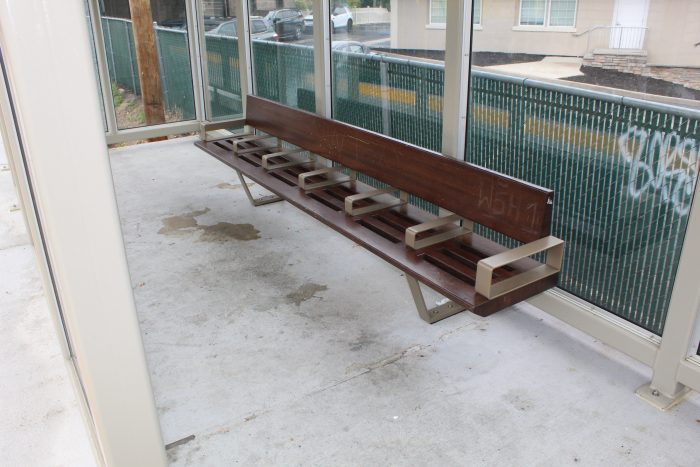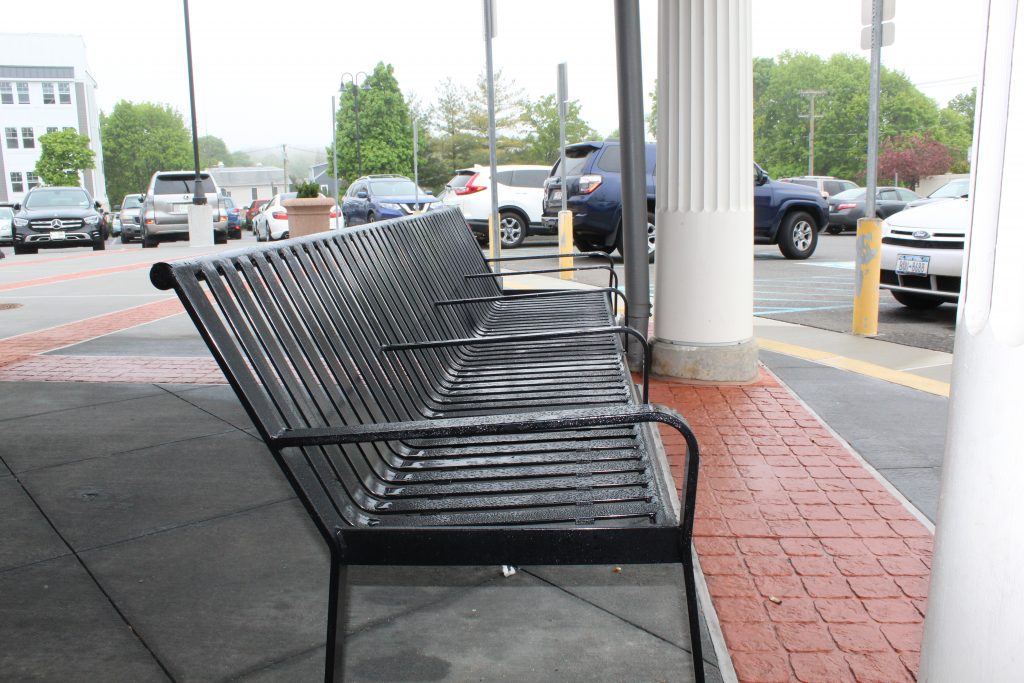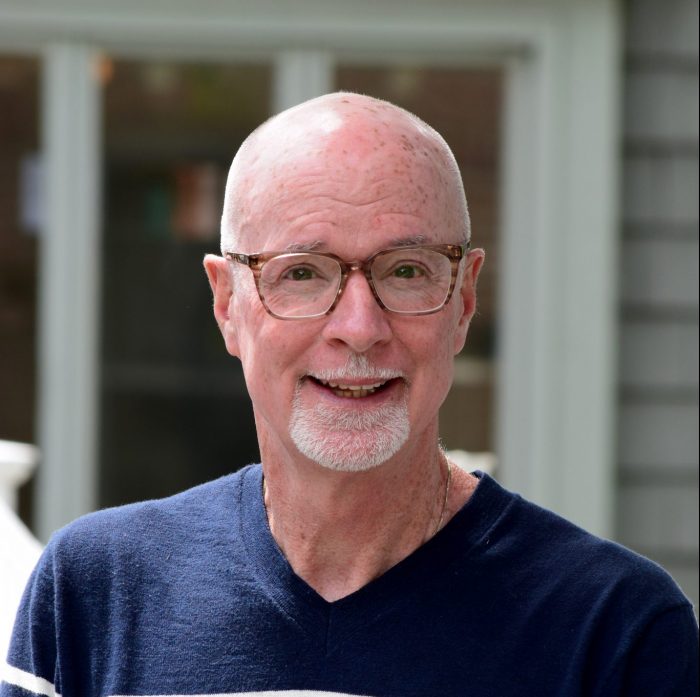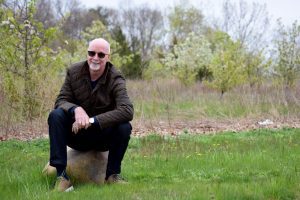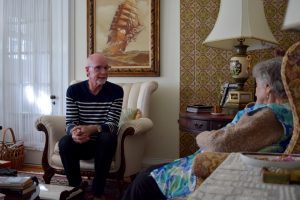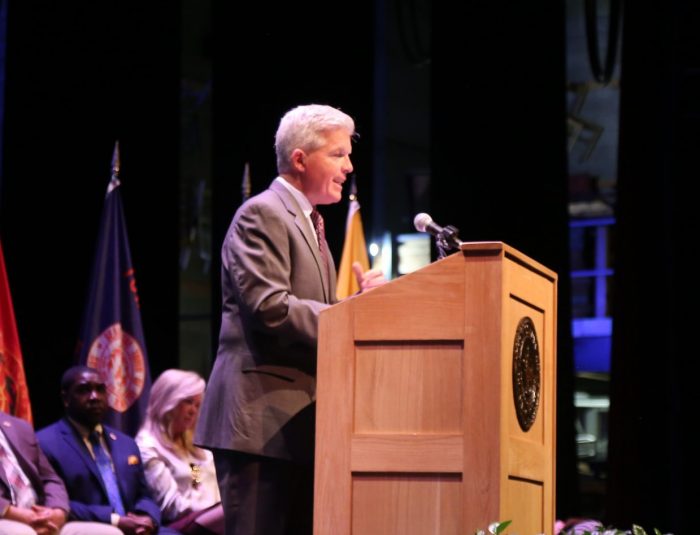Surrounded by officials from the Town of Brookhaven, Comsewogue Public Library members honored their founding research committee during a 55th anniversary celebration.
The library research committee was the group of community members formed in 1966 during the library’s embryonic stage. The original committee members were the first to explore ideas and secure permissions to charter a new library that would serve the Port Jefferson Station and Terryville communities.
Debbie Engelhardt, CPL director, recounted the early history of the library and the important role the committee played in its development.
“Today we’re shining a light on the library research committee, a group of citizens who banded together and worked toward the goal of establishing a library for the community,” she said. “They formed in 1966 with an original committee of six members, plus an advisor, and followed the steps that New York State requires in order for the state to charter a public library.”
‘It was an act of tremendous vision to see a need and to start planning … We owe a tremendous debt of gratitude to this research committee.’
— Jonathan Kornreich
“We do have many documents that help us piece together the timeline from back then,” Engelhardt said. “It appears the committee worked swiftly and that the community was supportive to where they did receive a charter.”
The idea to honor the research committee was first pitched by Jan Kielhurn, daughter of Jasper Newcomer, one of the six members on the committee. Kielhurn said she was browsing for a book one day when she decided to look for a plaque with her father’s name on it. Not finding one, she asked Engelhardt to explore ways to formally recognize the library’s earliest leadership.
“I had come up here to get a book and all the sudden I’m looking around and I realized there was nothing stating my father’s contribution to the start of this,” she said. “I had spoken to Debbie and she told me there was going to be a board meeting and she was going to bring it up then. That’s how all this all came about.”
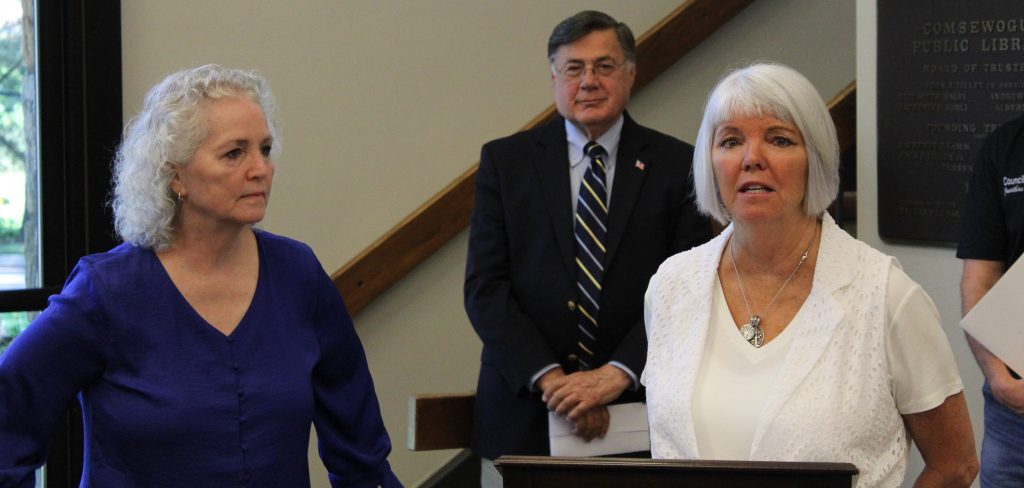
Lee Kucera, Kielhurn’s older sister, remembers their father’s time commitment, dedication and collaboration with other committee members during the founding of the library. “They got together and went to wherever they had to go — several different places — to get the okey dokey on it,” Kucera said.
In 1967, Newcomer sadly died shortly before the library was inaugurated. At the time of his death, Kucera remembers her father’s enthusiasm for the project.
“He was very excited about it,” she said. “He was very, very interested in education and reading, and he really felt that was something everybody should have a chance to have.”
Knowing their father’s dreams for the institution and the personal sacrifice he and the committee had made for the betterment of the community, Newcomer’s daughters both agreed that he would be elated if he were around to see the library today.
“He probably would have been very pleased, probably looking for other ways to help it,” Kucera said. “He probably would have been instrumental in making sure that it had computers.” She added, “This would have been one of his babies.”
During a formal dedication ceremony, Engelhardt presented a plaque with the names of the original members of the library research committee. The plaque will forever enshrine these names in the library’s history, honoring the visionary citizens whose aspirations became reality, and whose imprint is left upon the community into the present day.
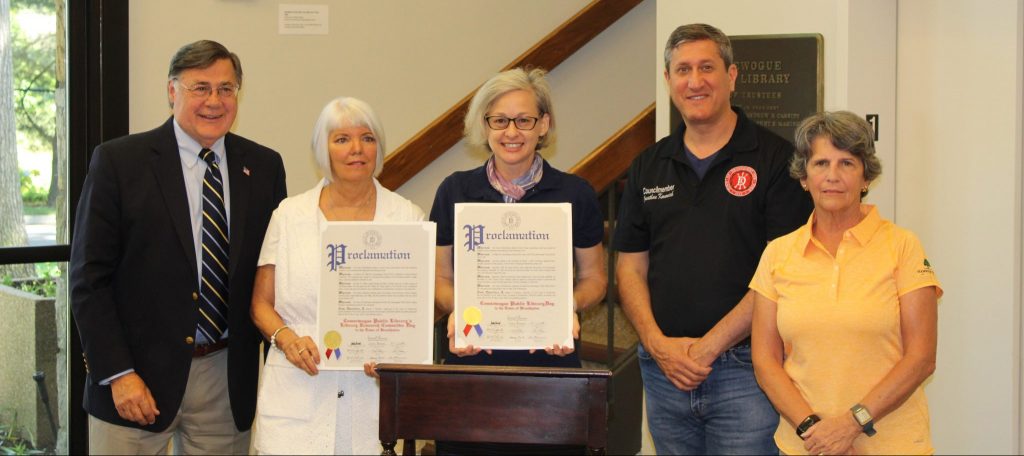
Brookhaven officials were also present at the ceremony. Town Supervisor Ed Romaine (R) said events such as these help to remind people of the reasons for serving the community and the important function the public library plays as a repository of information for its members.
“All good ideas usually start with one or two people talking about something and then it grows,” he said. “Today, the town has issued two proclamations, one acknowledging the tremendous influence of this library on this community, the second on that research committee that started this with an idea.”
Since his time long ago serving on the Long Island Library Resources Council, Romaine said he has cultivated a deep understanding and appreciation for the valuable work that libraries perform every day in making communities wiser and better.‘Libraries make us better citizens. Libraries build better communities. We’re here to celebrate libraries.’ — Ed Romaine
“They are repositories of a lot of information — not only the books, but all types of multimedia,” the town supervisor said, adding, “It’s where we come to learn about things, it’s where we come to educate ourselves about the world around us. Libraries make us better citizens. Libraries build better communities. We’re here to celebrate libraries.”
Councilmember Jonathan Kornreich (D-Stony Brook) was also in attendance. He highlighted the strong foundation laid down by the library research committee, a foundation which still supports the library into the present day.
“It was an act of tremendous vision to see a need and to start planning,” he said. “We owe a tremendous debt of gratitude to this research committee.”
Since the founding of the library, the world has undergone remarkable transformations. These profound changes reshaped the ways in which humans relate to their technologies and to knowledge itself. Kornreich extolled the library’s leadership throughout its 55-year history for its willingness to adapt to changing times in service to the community.
“Fifty-five years ago when this was built, we wouldn’t have had computers or printers, there was no internet and there was no digital media,” the councilmember said. “They never could have imagined the changes that took place.” He added, “Under the continued wise leadership of our board and our library director, this institution continues to evolve and serve the community.”
‘Modern ideas and a progressive way of thinking I think have always been a part of the vision from back in the 1960s and it remains so today.’
— Debbie Engelhardt
Over a half century after the committee first laid down its foundation, the Comsewogue Public Library continues to exist in a symbiotic arrangement with the community. While men and women like Newcomer foresaw how a public library could foster creative thinking and community enrichment, the library and community members keep that visionary spirit alive today.“It’s clear to me that from the research committee to the original library board to the original administration, there was a broad vision for an institution of excellence for this community,” Engelhardt said. “Modern ideas and a progressive way of thinking I think have always been a part of the vision from back in the 1960s and it remains so today.”
The names of the original members of the library research committee: Carol Benkov, Anne Herman, Florence Hughes, Laurence Lamm, Jasper Newcomer, June Tilley, and Gus Basile, advisor.

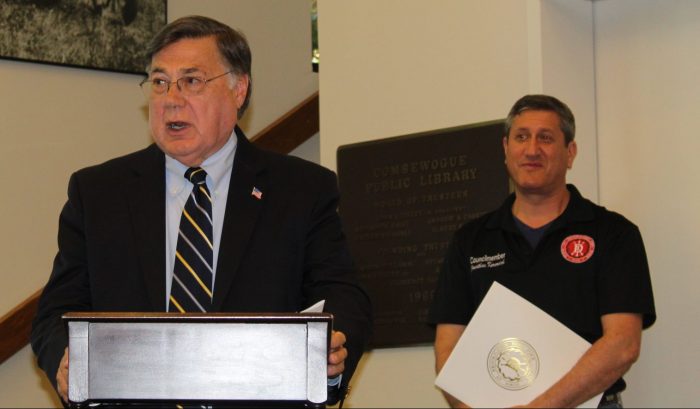
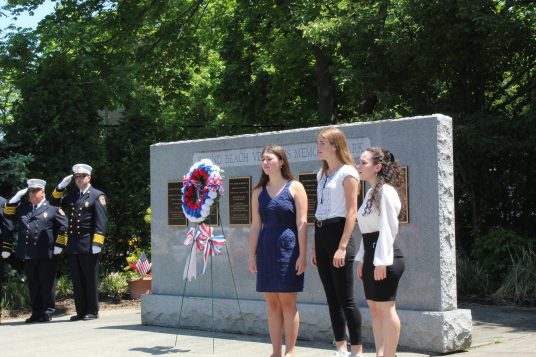

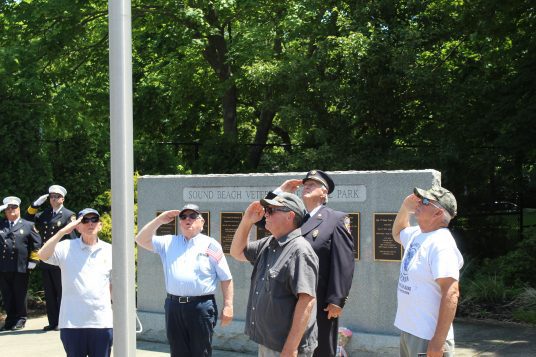

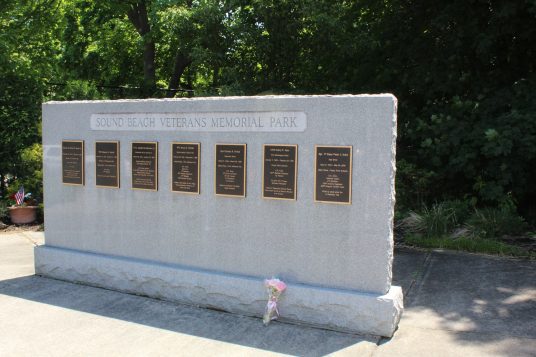
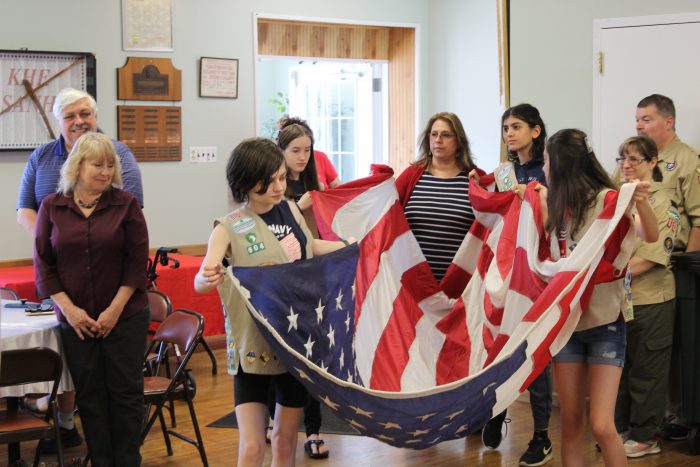
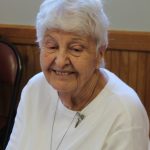 Veterans of Foreign Wars Post 6249 for a Memorial Day service to honor the fallen.
Veterans of Foreign Wars Post 6249 for a Memorial Day service to honor the fallen.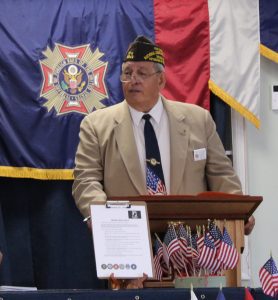
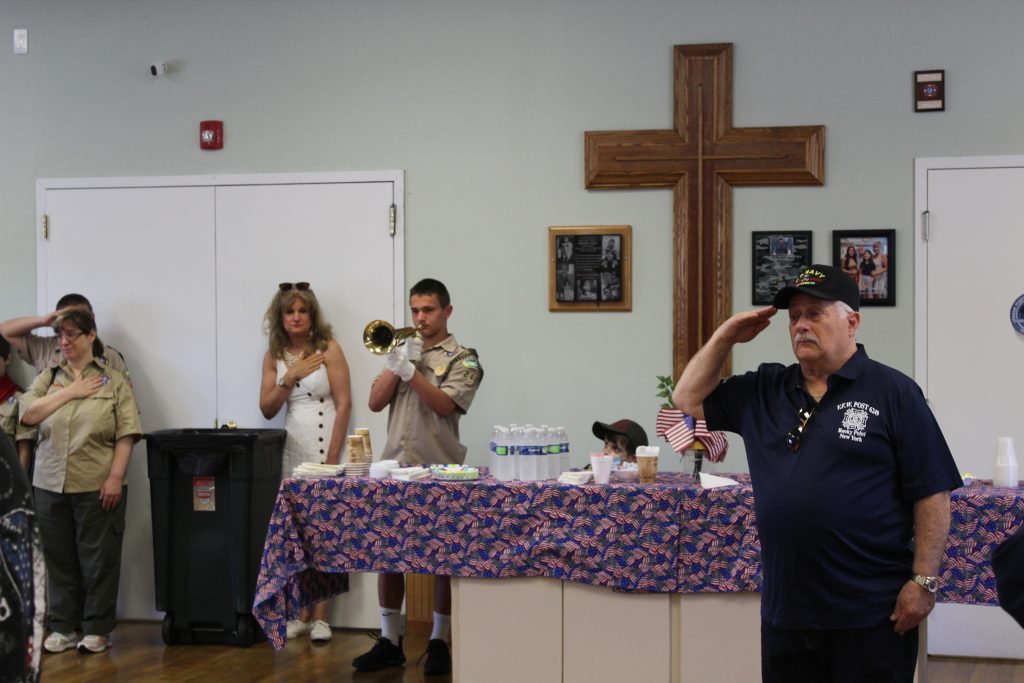 “The courage possessed by the men and women we honor today is something that cannot be learned,” Cognitore said. “It is something that is felt deep within. The willingness to die for our country is truly what makes America the home of the brave.”
“The courage possessed by the men and women we honor today is something that cannot be learned,” Cognitore said. “It is something that is felt deep within. The willingness to die for our country is truly what makes America the home of the brave.”
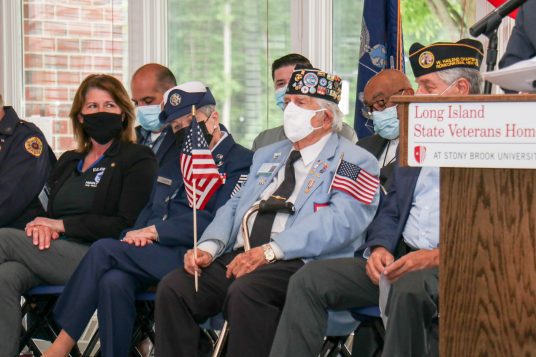
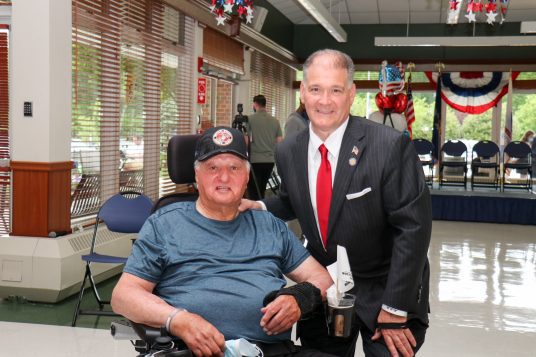
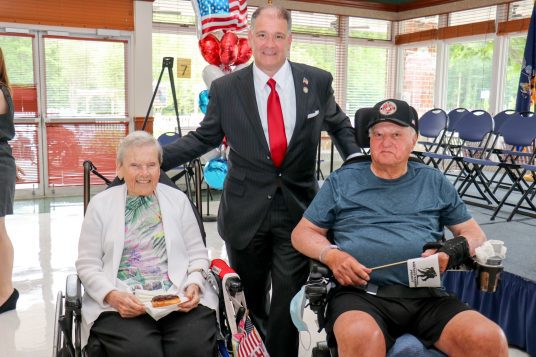

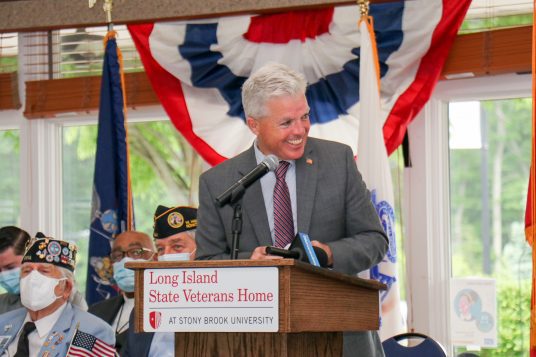
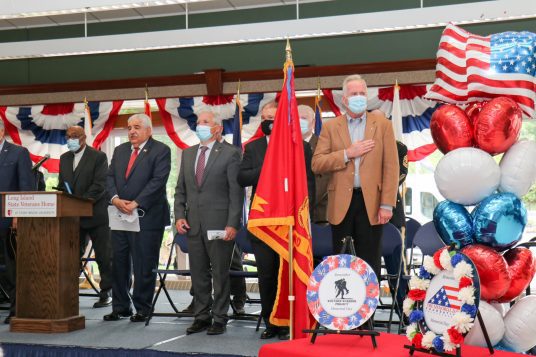


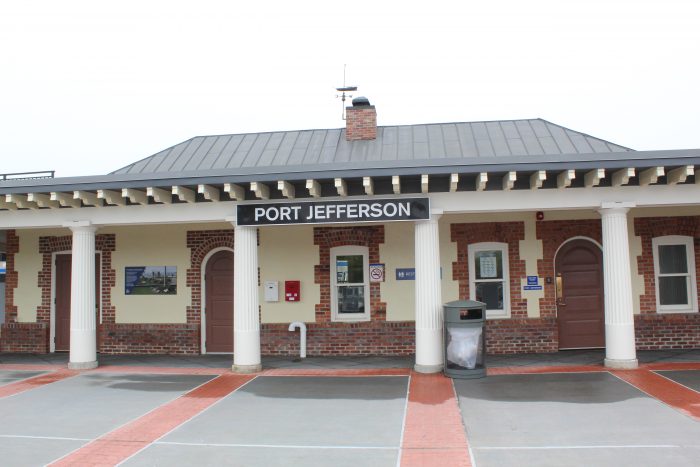
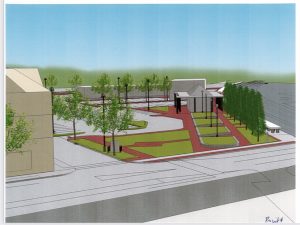
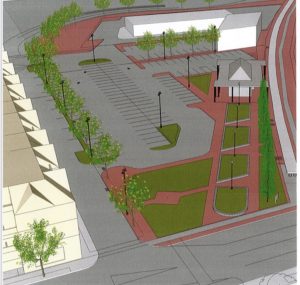 The Station Street project has been in the works since 2016, when the village approved a master plan to revitalize Upper Port. As part of joint efforts between the village, the Town of Brookhaven, LIRR and the state Department of Transportation, the proposed Station Street would create a plaza that will help channel traffic from the main thoroughfare, alleviating congestion as drivers enter the village.
The Station Street project has been in the works since 2016, when the village approved a master plan to revitalize Upper Port. As part of joint efforts between the village, the Town of Brookhaven, LIRR and the state Department of Transportation, the proposed Station Street would create a plaza that will help channel traffic from the main thoroughfare, alleviating congestion as drivers enter the village.
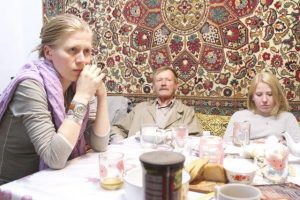




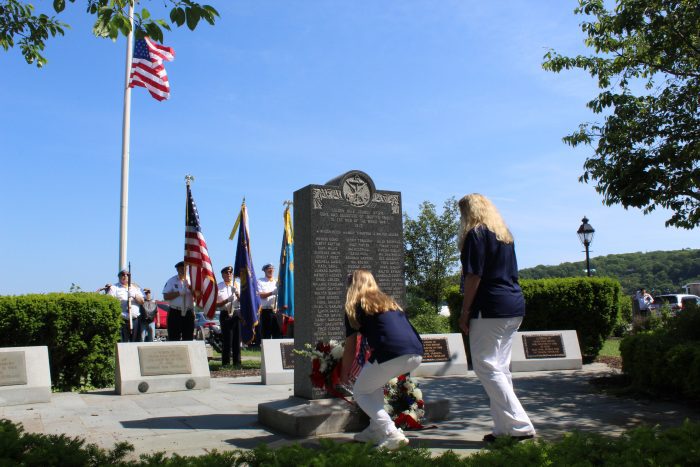
 “We do this every year,” he said. “It’s an honor to do that for him and for all of the men and women in the service who gave their lives to protect our freedom.”
“We do this every year,” he said. “It’s an honor to do that for him and for all of the men and women in the service who gave their lives to protect our freedom.”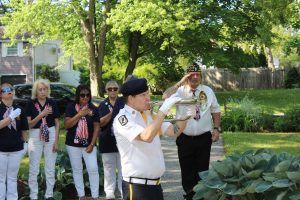 village. Trustee Bruce Miller, who also serves as 2nd vice commander of Post 432, shared that freedom is inextricably linked to the sacrifices of American veterans.
village. Trustee Bruce Miller, who also serves as 2nd vice commander of Post 432, shared that freedom is inextricably linked to the sacrifices of American veterans.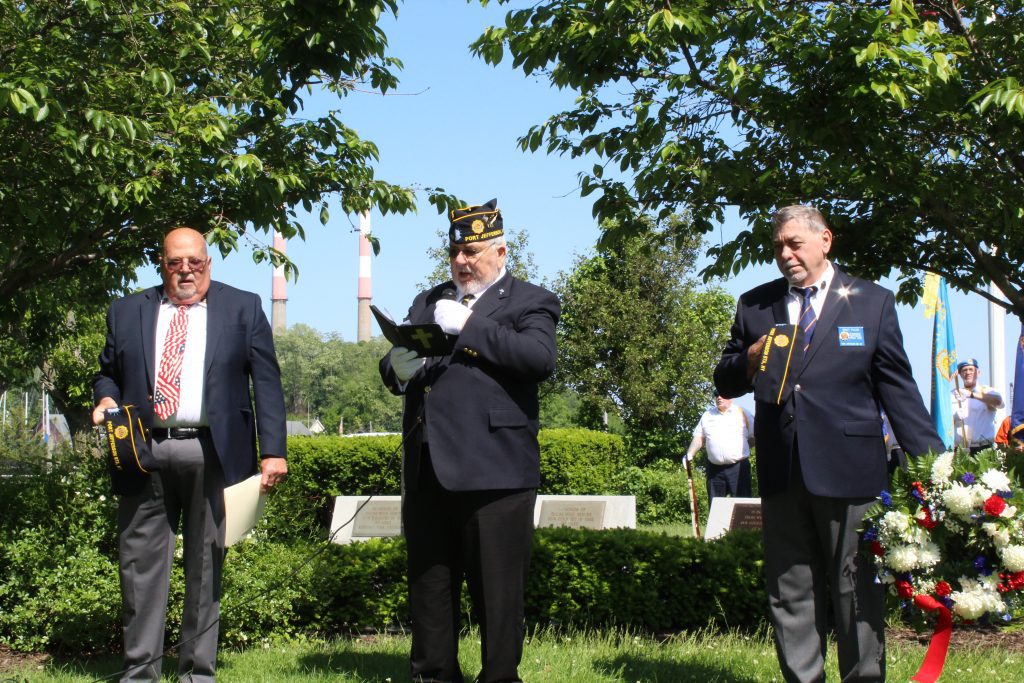 The day concluded with one last service at the post, followed by refreshments. To learn more about Post 432 and its various offerings, visit www.americanlegionwilsonritchpost432.org.
The day concluded with one last service at the post, followed by refreshments. To learn more about Post 432 and its various offerings, visit www.americanlegionwilsonritchpost432.org.